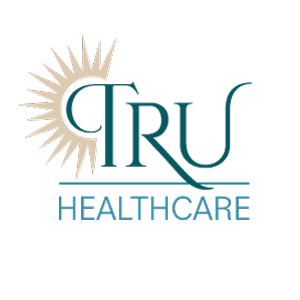Physical therapy (PT), occupational therapy (OT), and speech therapy (ST) are all different forms of therapy that assist people in improving their overall independence, mobility, and communication skills. These therapeutic services can be performed in many different settings, including the home, and are provided by trained therapists. So what’s the difference between the 3?
Physical Therapy (PT)

Physical therapy helps individuals recover from injuries, illnesses, and disabilities that affect the body’s movement. It’s used to ease pain, increase motion, and improve strength. A physical therapist can create a customized treatment plan to help increase range of motion, strengthen muscles and improve balance. Some of the conditions that physical therapy can help with include arthritis, sports injuries, lymphedema, and neurological disorders.
Occupational Therapy (OT)
Occupational therapy addresses difficulties in performing activities of daily living, such as dressing, grooming, and household tasks. The therapist will teach the patient ways to modify their environment and daily routines for improved safety and independence. Occupational therapy can help individuals who have experienced a stroke, injury or illness that has resulted in limited mobility or strength, and people who struggle with fine motor skills.
Speech Therapy (ST)
Speech therapy is designed to help individuals who have communication difficulties related to speech and language, such as stuttering, lisps, or difficulty speaking clearly after an injury or due to a medical condition. Speech therapy also improves skills such as listening, comprehension, and cognitive-linguistic abilities. Speech therapy can also help individuals who have swallowing disorders.
In conclusion, physical therapy, occupational therapy, and speech therapy serve different purposes and address distinct areas of concern. These therapeutic services are available and can be received in the home, which can be an added convenience for older adults, individuals with disabilities, and those who have mobility or transportation concerns. Trained therapists who specialize in these areas are available to provide individual treatment plans for optimal function, recovery, and overall health. Want to learn more about receiving these services in the home? Reach out to your local HealthStar branch office to find out how to get started.

